According to reports, a medical research team in Rome, Italy, announced that they have developed a new type of bionic hand, which can not only complete complex movements, but also enable patients to experience a "realistic" touch through the connection with the patient's nervous system. .
It is understood that most of the prostheses currently on the market can only play a role in supporting the body, and can not translate the contact between the limb and the outside world into a neural signal, so it cannot bring tactile sensation to the patient. In addition, studies have shown that as many as half of patients with hand amputation do not like to use their prostheses, because these prostheses make them feel uncomfortable and difficult to integrate with themselves. The new bionic hand can effectively improve this situation. After it is connected to the patient's nervous system through electrodes, the patient can use his own mind to control the movement of the bionic hand like an ordinary person, and the bionic hand can also control the corresponding The signal is fed back to the brain.
"The bionic hands that can get the touch are the real hope for amputees," said Dr Silvestro Micera, a participant in the study and the Federal Institute of Technology in Lausanne, Switzerland. "Only let them Only with a real touch can we truly accept such prosthetic limbs. We hope that future bionic hands can be implanted in patients' arms and even allow users to forget their existence. At the same time, we also hope that the new bionic hands can become a technology in the field of prosthetics Breakthrough, so that disabled patients get a more real touch. "
It is reported that the team plans to transplant this bionic hand to an anonymous amputee later this year. "It can bring two to three feelings to patients at the same time," Dr. Michella said. "Patients Can receive the information of the outside world through three fingers, or can feel the movement of the hand and wrist. In addition, we have improved the interface, so the movement and control of the bionic hand will be more refined, and the feeling will be more. lifelike."
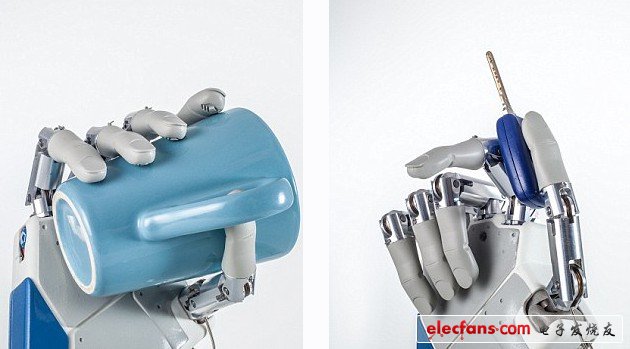
Figure 1 Scientists hope that the new bionic hand can become a technological breakthrough in the field of prosthetics
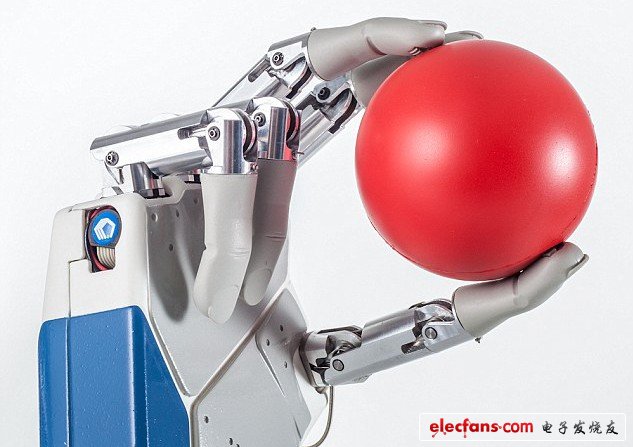
Figure 2 The bionic hand can be directly connected to the patient's central nervous system, so the patient can directly control the bionic hand
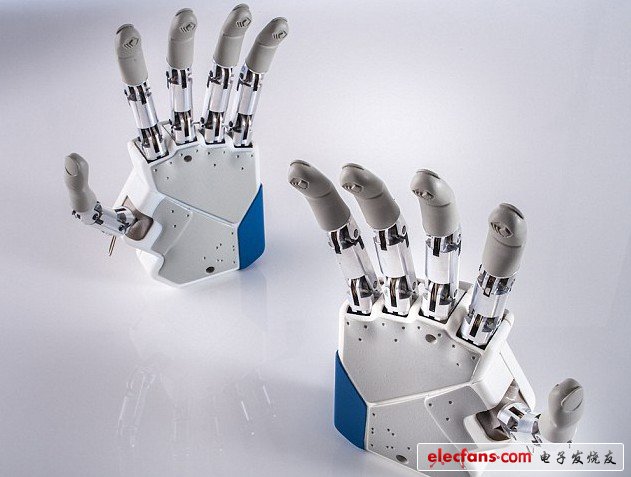
Figure 3 Researchers believe that it will be the world's first prosthesis capable of providing real-time tactile feedback
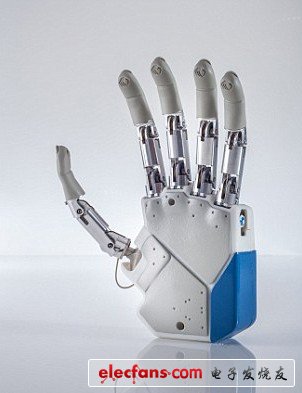
Figure 4 The research team hopes to successfully transplant the bionic hand to the patient later this year
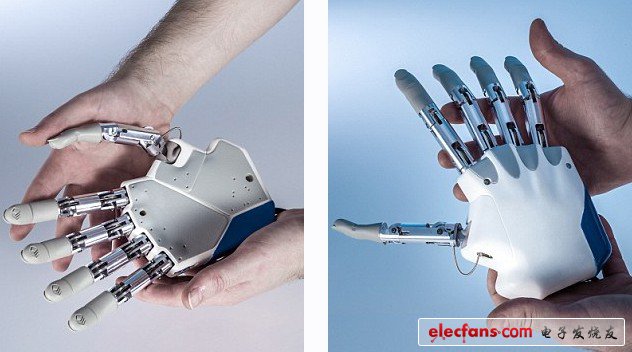
Figure 5 A patient about to undergo a bionic hand transplant operation, in his 20s, lost his hand in an accident
Antenk DVI Series Digital Video Interface connectors are the standard digital interface for flat panels, video graphics cards, monitors and HDTV units. This series includes DVI-D (Digital), DVI-A (Analog) and DVI-I (Integrated Digital/Audio). Their unique crossing ground blades provide high speed performance at low cost. They are available in Straight or Right Angle PCB mount receptacles and mating male cable connectors. They support a data transfer rate of 4.95Gbps with a dielectric withstanding voltage of 500VAC. Each version features our specially designed contacts which improve signal performance and a zinc alloy shield that reduces electromagnetic interference (EMI).
Digital Visual Interface Cable Connectors
DVI ConnectorWith the advent of technologies such as DVD players, high-definition televisions, and even digital cable, the need for more advanced cables and connectors has increased. Digital Visual Interface (DVI) is one response to the growing need for interconnected systems, enabling digital systems to be connected to an array of displays. Yet DVI cables and connectors can also be complicated, and may lead to confusion between High Definition Multimedia Interface (HDMI) and DVI. Although the two systems have much in common, they service different niches of digital technology.
Digital Visual Interface
Older systems aren`t necessarily outdated systems. Although DVI preceded HDMI, it`s still widely used in both business and domestic settings. DVI connectors are designed to handle digital data transmission, incorporating three transmission channels in every connector link. The maximum bandwidth for data transfer is 165 megahertz, which is enough to relay up to 165 million pixels per second. Data is encoded for effective transfer, but a single link can handle around 4.95 gigabits per second of information. Double links can handle twice that amount.
Because a DVI cable carries information over a 165 megahertz bandwidth, complete digital resolution can be obtained. Using double link connectors increases the speed of transmission, but requires another cable. However, not many devices depend solely on a double link DVI, so this technolgy can be used on an as-desired basis.
Types of DVI Connectors
There are three general categories of DVI cable connectors: DVI-Digital (DVI-D), DVI-Integrated (DVI-I), and DVI-Analog (DVI-A). However, most connectors fall into one of the first two groups.
A standard DVI connector is 37 mm wide and has 24 pins, 12 of which are used for a single link connection. When analog is involved, four additional pins are needed to support the additional lines of an analog signal. It is not possible to cross from a digital source to an analog display or vice versa. In those instances, an integrated connector is probably the best option. There are five common types of DVI connectors.
DVI-I Single Link
This kind of connector has three rows, each with six pins. There are two contacts. Because the connector is integrated, it can be used with both analog and digital applications.
DVI-I Dual Link
A DVI-I dual link connector can also be used with both digital and analog applications, but is configured with more pins to accommodate a dual connection. There are three rows with eight pins each, as well as two contacts.
DVI-D Single Link
Specifically designed for digital applications, a DVI-D single link connector has three rows of six pins, and looks much like a DVI-I single link connector. However, a DVI-D connector has no contacts.
DVI-D Dual Link
Also made specifically for digital applications, a DVI-D dual link features more pins (three rows of eight) for dual connections. Like a DVI-D single link, a DVI-D dual link connector has no contacts.
DVI-A
This particular type of connector can only be used for analog applications, and has three rows of pins. One row has five pins, one has four pins, and the last row has three pins. Like single link connectors, a DVI-A link connector has two contacts.
Dvi Connector,Dvi Female Connector,Dvi Hdmi Connectors,Vga Dvi Connector,Digital Visual Interface Cable Connectors
ShenZhen Antenk Electronics Co,Ltd , https://www.antenkelec.com